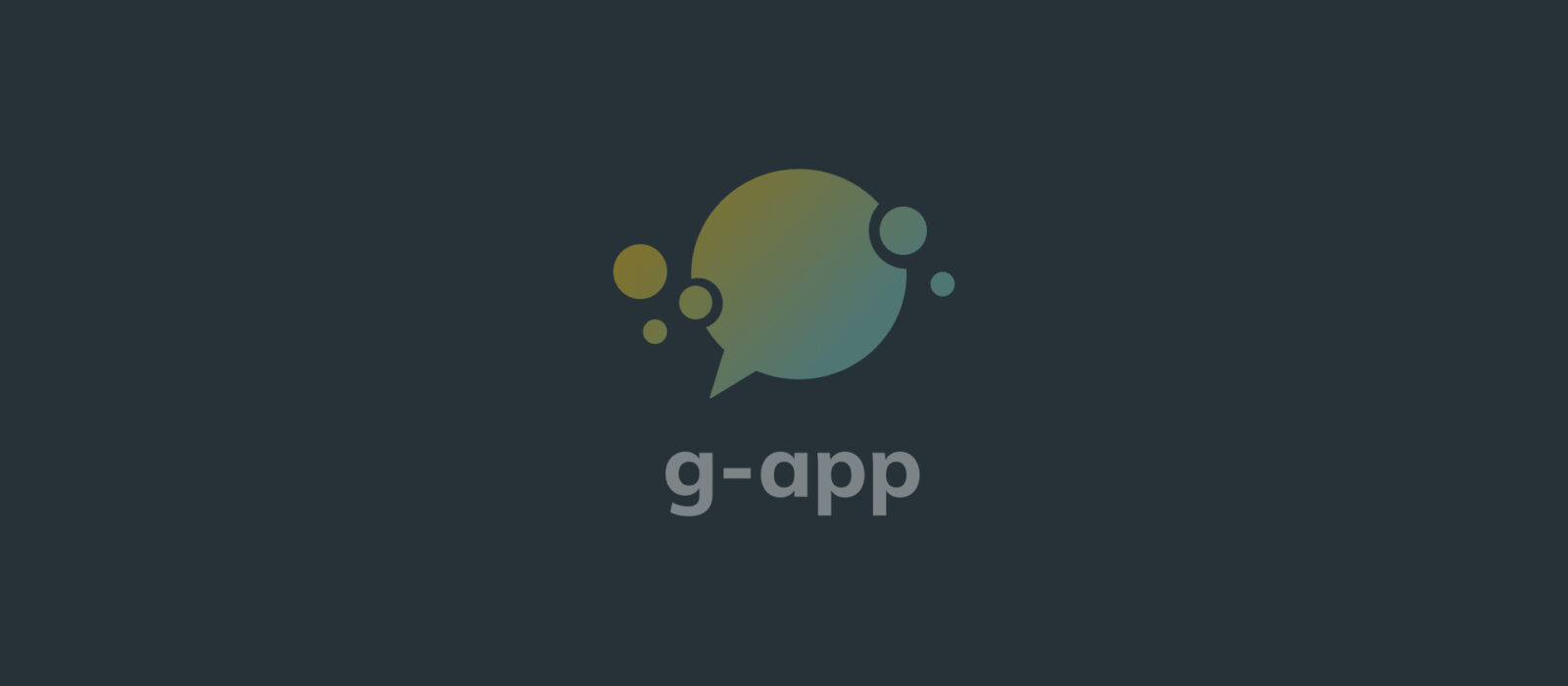Make your events truly inclusive with the cutting-edge Gender Gap App
This isn’t just another analytics tool—it’s a call to action for a world in transition. The g-app doesn’t just count who’s present; it dives deep into the dynamics of influence and dialogue. Discover who’s speaking, who’s heard, and who truly influences the conversation in decision-making arenas.

Visualize the Change
Through advanced explainable AI, the g-app offers transparent, anonymized insights. It showcases easy-to-understand visualizations of diversity, revealing the balance—or imbalance—of representation, participation, and influence.
Measure What Matters
- Representation: Counts attendees by UN region, gender, age, and sector.
- Participation: Tracks who speaks and for how long.
- Influence: Gauges authority levels, using roles like head of delegation to indicate sway.
- Topics: Analyzes subject matter expertise and diversity of discussion.
Data-Driven Decisions for Equality
The g-app equips organizations with hard data to address gender and generational gaps in conferences and events. While registration might show a 60% male to 40% female ratio, speaking time often skews to 80% male, 20% female. The g-app exposes these disparities, paving the way for informed strategies to ensure everyone’s voice is heard.
Spotlight on Gender and Regional Representation
Matched to the UN’s geopolitical regions, the app sheds light on gender distribution, emphasizing the need to balance voices across global divisions.
Authority Through Speaking Roles
Analyzing key roles, such as Heads of Delegation or Panelists, the g-app reveals the stark reality of influence—like the 2022 WHO Executive Board’s 9% female representation in senior roles, a critical insight given that 70% of the global health workforce is female.
Opportunities for Youth
Echoing the UN Secretary-General’s call, the g-app underlines the essential contributions of the younger generation, promoting their inclusion in discussions on all topics—from climate change to cyber security—ensuring they are not sidelined to “youth” streams alone.
Transparency to Empower Democracy
The app’s explainable algorithm doesn’t just analyze; it educates on the why, driving transparency and democracy.
Real Inclusion in Action
With the Gender Gap App, take a significant leap from passive to active participation. It’s not just about balancing numbers; it’s about empowering every attendee to shape the conversation and influence outcomes for a fairer, more equitable future.

